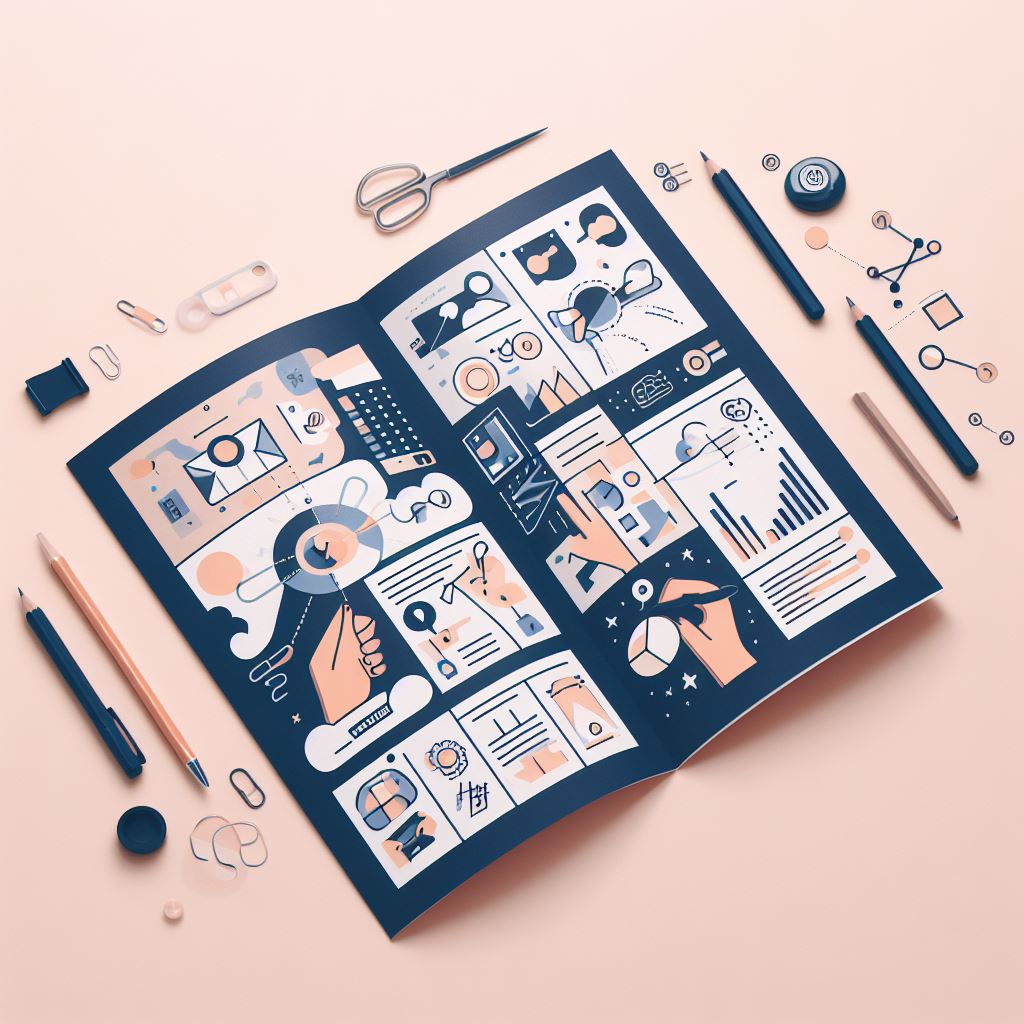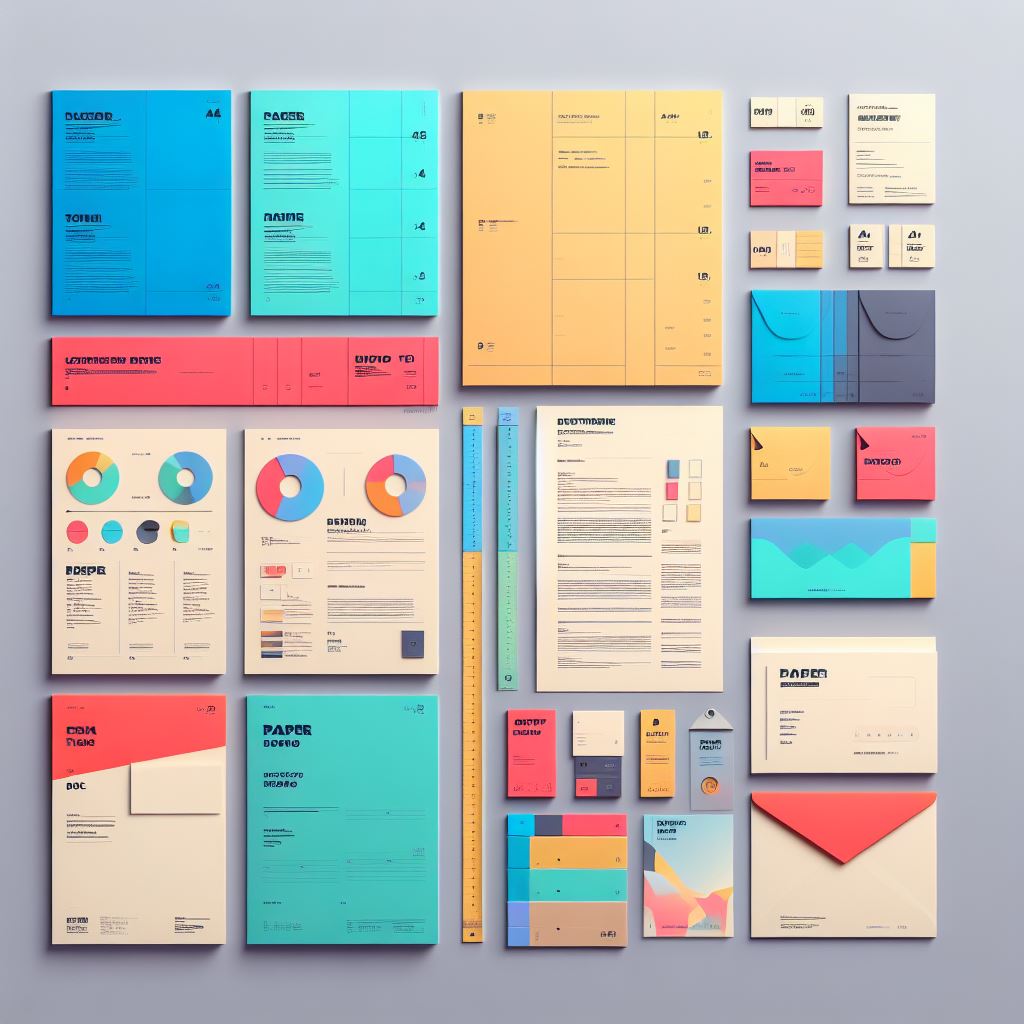
Designing the Ultimate Guide to Creating Effective Brochures
Opting to use brochures as a marketing tool to promote your brand is an excellent choice, but the process of designing one demands a careful, considered approach. This article will combine the necessary steps from two sources to assist you in building an effective, well-designed leaflet that captivates your audience and ensures your message resonates clearly.
1. Understanding your Audience and Purpose
Just like any marketing tactic, the first step is to understand your audience - who they are, what their needs are, and how your product or service can solve their problems. This will help inform the design, the language, and the key messages of your brochure.
2. Ensuring your Message is Compelling and Clear
Ensure the message you want to convey is clearly illustrated on your leaflet. Make it compelling but keep it concise. Highlight the advantages of choosing your business above others, making sure your key selling propositions are not lost in a sea of text.
3. Designing with Simplicity and Readability in Mind
Make sure your design is simple and intuitive. Prioritize readability and make sure each detail, from color schemes to typography, works together to draw in viewers and lead them to the essential points. Following the ‘less is more’ approach can keep your target audience from being overwhelmed.
4. Implementing High Quality Images and Graphics
Including striking, high-quality visuals (pictures, infographics, etc.) can give your leaflet more impact. Images can sometimes tell a story more effectively than text and more likely to draw the attention of your target audience.
5. Having a Clear Call-to-Action (CTA)
Every effective leaflet design needs a clear, compelling call-to-action (CTA). Whether you want readers to visit your website, phone your office, or attend an event, be sure to make this action step clear and straightforward.
6. Review and Proofread
After completing the design, review and proofread your leaflet. Check for any errors or inconsistencies in text, design or images. A second pair of eyes could be helpful – they’ll be more likely to spot mistakes or areas of improvement which you may have overlooked.
7. Choosing Quality Print Finish
The print finish of your leaflet could be the difference between your leaflet being read or being discarded. So, do not compromise on the quality of paper and type of print finish you choose.
Remember, designing an effective leaflet isn't just about aesthetic appeal, but it's about creating a layout that flows, directing the reader's attention to key information and then to the all-important call-to-action. Good design can inspire, inform, and engage - so take your time to get it right.
Reflecting your brand's USPs creatively in your leaflet can help build brand recognition and increase customer retention. Packed with actionable insights, this guide should act as a comprehensive resource when crafting your next powerful leaflet.




